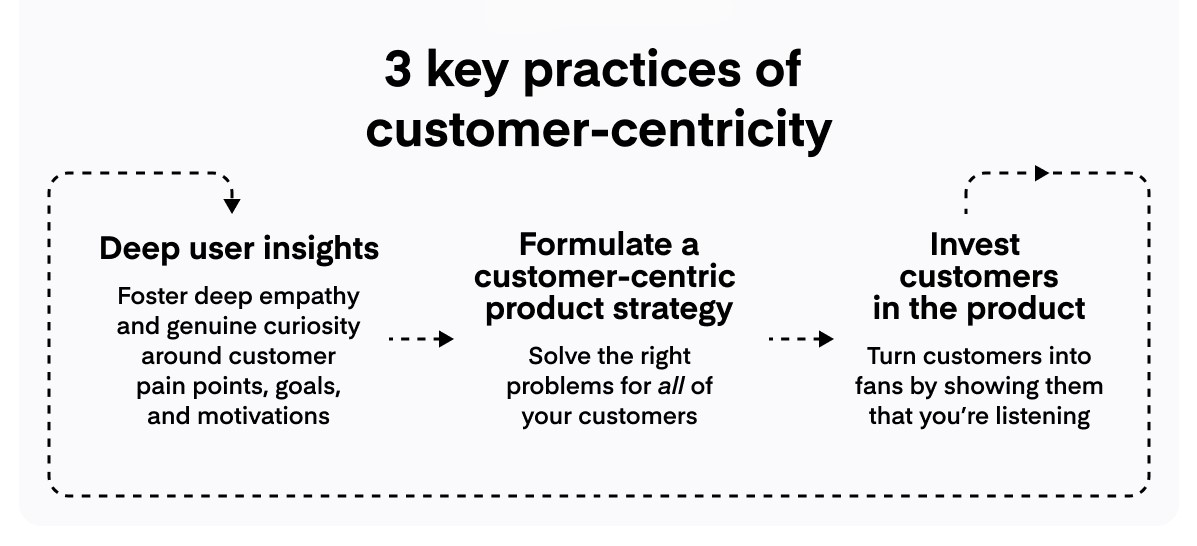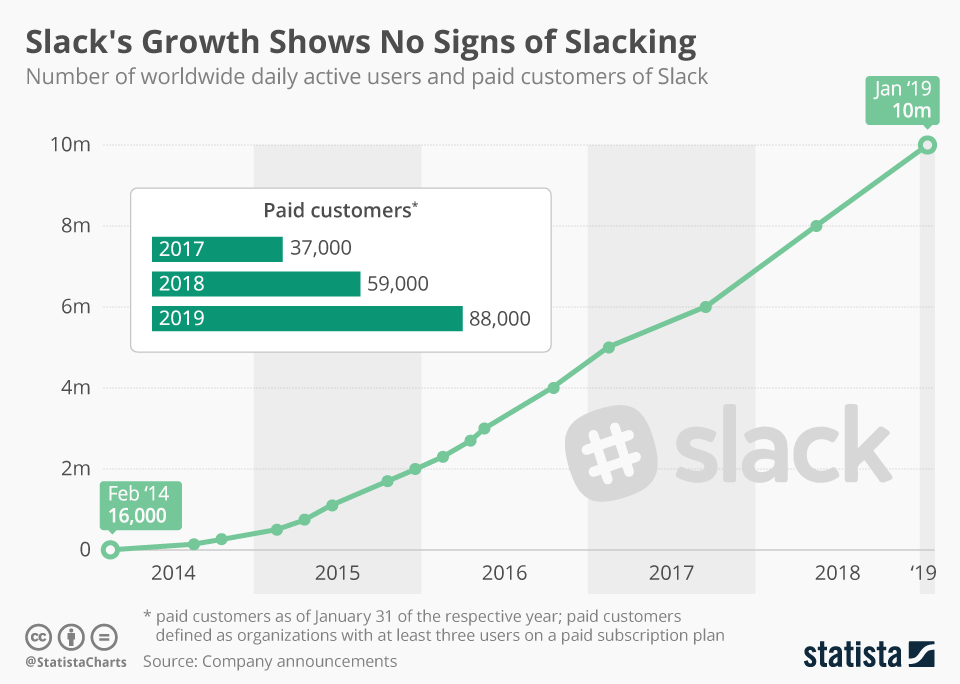Scaling SaaS: Essential Strategies for Success in 2023

Introduction
In the ever-evolving digital world, Software-as-a-Service (SaaS) has emerged as a linchpin, providing unparalleled utility and ease-of-use across diverse sectors. However, success in this burgeoning field demands more than just an innovative product. It’s not enough to be viable. To truly thrive, your SaaS business must be scalable.
Scaling a SaaS business, however, can be a daunting task. There are numerous variables to consider, and the stakes are high. But fret not. Our comprehensive guide is here to help you navigate these tricky waters.
In the upcoming sections, we’ll explore the concept of scalability, how to accurately measure it, and we’ll delve into the role of customer churn management and product development strategies. We’ll also discuss how technologies like AI and robust infrastructures contribute to scalability. Our exploration will also cover the emerging trend of offshoring and outsourcing, underlining the critical role of an efficient tech team in ensuring growth. And to give you some real-world perspective, we’ll share a case study of a successful SaaS scaling story.
Welcome to your definitive guide to SaaS scalability in 2023. Whether you’re a C-suite veteran or a budding entrepreneur, there’s something here for everyone. Buckle up and get ready for an enlightening journey through the world of SaaS scalability!
Understanding Scalability in the SaaS Context
Scalability, at its core, refers to a business’s capacity to grow and manage increasing demand without compromising performance or revenue generation. In the SaaS sphere, scalability denotes your solution’s ability to effectively serve an expanding user base, manage larger data volumes, and seamlessly incorporate new features. This ability isn’t merely about survival; it’s about building a product that thrives amidst growth.
The significance of scalability in SaaS can’t be overstated. A scalable SaaS business can quickly adapt to market changes, respond to customer needs, and seize new opportunities while maintaining service quality. It provides a strong foundation for sustainable growth and profitability, helping businesses stay competitive in an increasingly crowded marketplace.
Misconceptions about scalability
It’s critical to dispel two common misconceptions about scalability to fully understand its scope.
- Scalability is only about technical infrastructure: While technology plays a vital role, scalability is a much broader concept. It pertains to all aspects of your business, from product development and customer support processes to your financial model and company culture. In essence, scalability is about your organization’s ability to onboard new employees, maintain a cohesive culture, and ensure your software performs effectively under increased load.
- Equating growth with scalability: Rapid, unplanned growth can lead to chaos and customer dissatisfaction, a scenario sometimes referred to as “scale pain”. On the contrary, scalability is about sustainable, strategic growth. It’s about ensuring that every step you take forms a solid platform for the next.
Armed with a clear understanding of what scalability entails, we can now delve into the key metrics for measuring it in your SaaS business effectively.
Key Metrics for Measuring SaaS Scalability
In order to navigate the path to scalable success, it’s imperative to keep a close eye on specific metrics. These metrics act as the guiding compass for your growth journey. Here are some of the most important metrics you should be tracking:
Customer Acquisition Cost (CAC)
CAC refers to the total cost spent on acquiring a new customer, including marketing and sales expenses. It’s crucial to track this metric to ensure your business is growing sustainably. As a rule of thumb, your CAC should be significantly lower than the lifetime value of a customer (LTV), ensuring profitable growth as you scale.
Lifetime Value (LTV)
LTV is a prediction of the net profit from the entire future relationship with a customer. It’s a critical metric for understanding the financial impact of acquiring and retaining customers over the long term. A high LTV compared to CAC signals a healthy, scalable business.
Churn Rate
Churn rate represents the percentage of your customers who cancel or don’t renew their subscriptions within a given period. High churn rate can indicate problems with customer satisfaction or product-market fit, and it’s a serious red flag for scalability. Keeping churn as low as possible should be a priority for scalable growth.
Expansion Revenue
Expansion revenue includes upselling (selling more advanced/expensive features to existing customers) and cross-selling (selling related products). An increasing expansion revenue signals strong customer satisfaction and loyalty, and it’s a good indicator of scalability. If your customers are willing to spend more over time, your SaaS business is likely on a sustainable path to growth.
Essential Strategies for SaaS Scalability
While understanding and measuring scalability is crucial, it’s the strategies you implement that truly fuel your scalable growth. Let’s discuss some key strategies that can help you scale your SaaS business effectively and sustainably.
Customer-centric product development
The foundation of any successful SaaS business is a product that solves a problem for its users. Centering your product development process around the needs and feedback of your customers ensures that your product will remain relevant and valuable as you scale. This includes iterative development, frequent testing, and a willingness to pivot based on customer feedback.

3 Key Practices of Customer-Centricity
Role of AI in SaaS: Automation, Personalization, and Predictive Analytics
Artificial intelligence has a significant role to play in scaling SaaS. AI can help automate repetitive tasks, freeing up valuable time for your team. It can also power personalization, helping your customers feel understood and valued. Furthermore, predictive analytics powered by AI can forecast customer behavior, helping you anticipate needs and make data-driven decisions.
Robust technical infrastructure
Your technical infrastructure should be capable of supporting an increasing load as your user base expands. This includes server capacity, database design, and application architecture. Investing in cloud-based solutions, such as AWS or Azure, can provide the flexibility and scalability you need.
Effective customer success management
Your relationship with your customers shouldn’t end at the point of sale. An effective customer success team can nurture ongoing relationships, encourage renewals, and reduce churn. This not only contributes to a stable customer base for scalable growth, but can also generate referrals and positive reviews.
Data-driven decision-making
Decisions based on intuition or guesswork can lead to costly mistakes. By fostering a culture of data-driven decision-making, you can make strategic choices backed by solid evidence. This reduces risk and boosts your chances of successful scaling.
Scalable Tech Team and Talent Management: In-house, Offshore, and Outsourcing
Your team is a fundamental factor in your ability to scale. As you grow, you’ll need to add new members and potentially explore options like offshoring or outsourcing. That helps you with speed, cost, and provides a wide range of talent pool. It’s crucial to have a plan for managing your team’s growth, including recruitment, onboarding, and retention strategies.
It is also very important to maintain your team’s culture and dynamics as you scale with talent outsourcing. Companies like TechCells can help with sourcing talents for the culture-fit by customizing the hiring process just for you.
DOs and DON’Ts of Scaling SaaS
Scaling a SaaS business is no small feat and requires careful planning and strategic thinking. To help you on your scaling journey, here are some DOs and DON’Ts to consider:
DOs:
- Do focus on customer success: Prioritize your customers’ success as much as your own. The more your customers thrive using your solution, the more likely they are to stick around and contribute to your sustainable growth.
- Do keep an eye on your unit economics: Ensure that your CAC is lower than your LTV. This means you’re earning more from customers than it costs to acquire them, which is vital for scalable growth.
- Do invest in technology: From AI for automation and personalization to a robust cloud infrastructure for load management, technology is key to scaling effectively.
- Do adopt data-driven decision making: Make decisions based on data rather than intuition. This not only increases your chances of success but also creates a culture of accountability and continuous learning.
- Do prioritize talent management: Your team is integral to your scaling efforts. Invest in talent acquisition, onboarding, and retention strategies to build a skilled, motivated team.
DON’Ts:
- Don’t ignore customer feedback: Your customers can provide valuable insights into how your product can improve. Ignoring their feedback could result in churn and hinder your scaling efforts.
- Don’t sacrifice quality for rapid growth: Scaling isn’t about rapid, unchecked growth. Ensure that your product maintains its quality and value as your user base grows.
- Don’t overlook churn: A high churn rate can indicate a lack of product-market fit or customer dissatisfaction. Keep a close eye on your churn rate and take action to address any underlying issues.
- Don’t disregard scalability in your product development: From the start, design your product to handle a growing number of users and feature enhancements without compromising performance.
- Don’t scale in isolation: Scaling isn’t just about growing your user base. It also involves growing your team, your processes, and your business strategy. Make sure all elements of your business are scaling together.
Keeping these DOs and DON’Ts in mind will help you navigate the complexities of scaling your SaaS business. But to truly understand the impact of these strategies, nothing speaks louder than real-world success stories.
Case Study: Slack’s Successful Scaling Story
To understand the real-world impact of successful SaaS scaling strategies, let’s take a look at one of the industry’s shining stars – Slack. Founded in 2009, Slack has rapidly grown into a household name, boasting over 13 million daily active users as of 2022.

Slack’s Growth. Source: StatistaCharts
The Challenge
Initially, Slack was an internal tool used by the company Tiny Speck for one of their projects. Recognizing its potential, they decided to make it a standalone product. However, scaling a SaaS business in a market dominated by heavyweights like Microsoft and Google was a daunting task.
The Strategies
- Customer-Centric Product Development: Slack understood that their tool needed to be user-friendly and provide value straight out of the box. The platform was built around seamless communication and was designed to be intuitive to use, encouraging user engagement.
- Use of AI and Automation: Slack utilized AI and automation to enhance the user experience. For instance, they implemented intelligent search features, automated reminders, and personalized activity feeds.
- Robust Technical Infrastructure: Slack made substantial investments in their technical infrastructure to handle the rapidly growing number of users. They made their platform highly responsive, with real-time updates and a robust search functionality.
- Effective Customer Success Management: Slack was proactive in seeking feedback and acted on it quickly. They nurtured a vibrant user community and had an effective customer support team in place, helping them keep their churn rate low.
- Data-Driven Decision-Making: Slack utilized data extensively to inform their decisions, from refining their product to prioritizing marketing efforts. They used data insights to identify patterns and trends in user behavior, helping them continuously evolve their product.
The Results
Slack’s user-centric approach, combined with a robust technical infrastructure and a data-driven strategy, paid off handsomely. By 2022, Slack was being used by over 900,000 companies worldwide. Their revenue for the fiscal year 2022 was over $1.4 billion, a testament to their successful scaling strategy.
Slack’s journey is an excellent example of successful SaaS scaling. Their strategic choices and relentless focus on user needs allowed them to turn a simple internal tool into a global communication powerhouse. It serves as an inspiring blueprint for other SaaS businesses seeking to scale in competitive markets.
Conclusion
As we journey through the SaaS landscape in 2023, it’s clear that the need for scalability is more critical than ever. With a rapidly expanding market, increasing competition, and ever-evolving customer needs, scalability is no longer just an option—it’s a necessity.
As we’ve seen, scalability is not merely about growing your user base. It encompasses a holistic strategy that includes customer-centric product development, robust technical infrastructure, effective customer success management, data-driven decision-making, and a scalable tech team. A keen focus on these areas, combined with the lessons learned from successful scaling stories like Slack, can pave the way for your SaaS business’s scalable success.
Stay tuned for more insights, and keep scaling!
Are you looking to hire a tech team?
Talk to a TechCells representative now
-
United States
332 South Michigan Ave, Suite 121 #5998, Chicago, IL 60604, United States
+1 (312) 779-1115
